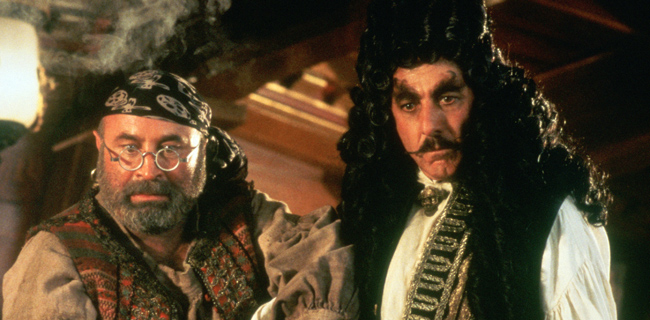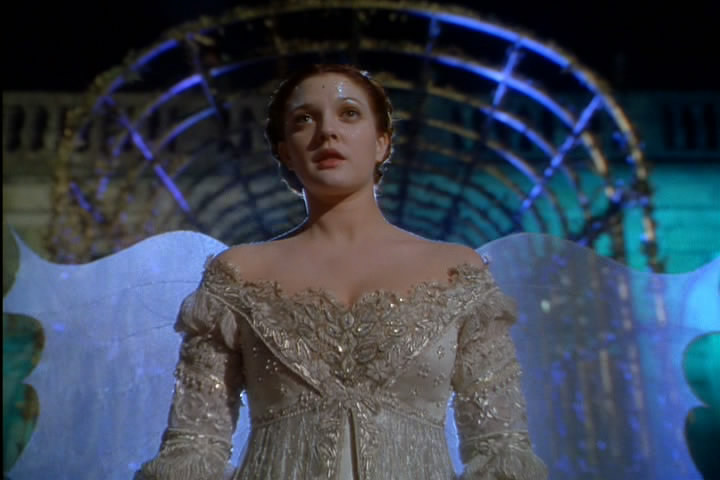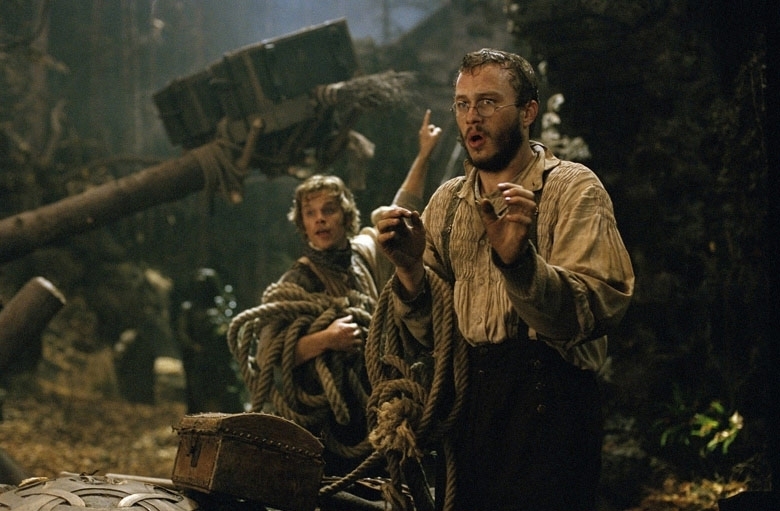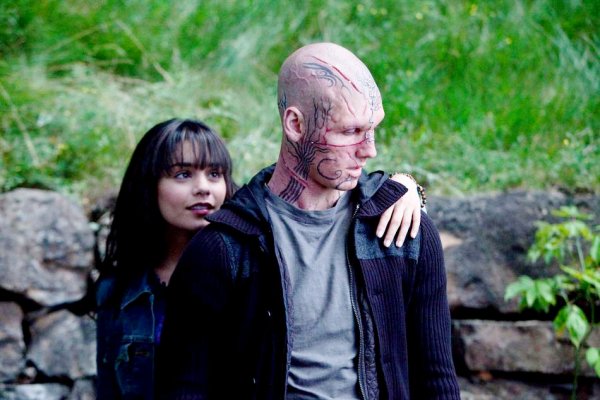Whether they’re in the form of Disney animated features, child-oriented books, or even stories bearing close resemblance to the original texts themselves, fairy tales made up a large part of our childhood. Hollywood has always been fascinated with these fantasies and taken a keen interest in spinning these tales in hopes of making them relevant and successful again.
Adaptations are nothing new, especially when it comes to fairy tales, but perhaps now more than ever we can say that mainstream film really wants to milk these stories for all they're worth. We recently saw Tim Burton try to give Alice in Wonderland an edge, while some upcoming spins on fairy tales include Hansel and Gretel: Witch Hunters, Jack the Giant Killer, Disney's Maleficent with Angelina Jolie and Elle Fanning, and two films based on Snow White, the first of which is this weekend's Mirror, Mirror.
While the story told may be very similar to the one we know, Tarsem Singh’s Mirror, Mirror is far more humor-oriented than previous adaptations. In that spirit, we at Player Affinity take a look at five other films that put their own spin on classic fairy tales.
Snow White and the Three Stooges (1961)
We’re dipping back in time a little bit for our first film, and with the reboot of The Three Stooges hitting theaters on Apr. 13—whether you asked for it or not—it seems only appropriate to include this fairy tale reworking on our list.
As its title suggests, Larry, Moe, and Curly take the place of the seven dwarves seen in more traditional incarnations. They’re house-stting for the dwarves when Snow White tries to escape from the Evil Queen. Aside from the presence of the Three Stooges, the story proceeds as it normally would.
In her only acting performance, Olympic medal-winning figure skater Carol Heiss played the fair maiden. Unlike many other "Three Stooges" installments, the film was met with poor reviews, though it earned recognition from the Writers Guild of America.

Hook (1991)
Upon closing out most fairy tales, it’s often a great curiosity to wonder what happens during “happily ever after,” and that’s what we discover in Hook, Steven Spielberg’s twist on J.M. Barrie’s Peter Pan. Starring Robin Williams as a grown-up version of the boy who never wanted to grow up, Peter returns to Neverland to save his family from Captain Hook, played by Dustin Hoffman.
Audiences ate it like cake, as the film grossed over $100 million in the U.S. and $300 million globally. Despite my childhood fascination with this film, however, the artistic credibility of Hook understandably came under fire. It earned five Oscar nominations in crafts and music races and picked up a Golden Globe bid for Hoffman, but Julia Roberts, who takes on villain duties in Mirror, Mirror, snagged a Razzie nomination for her portrayal of Tinker Bell. As you may imagine, critics didn't particularly embrace this fantasy.

Ever After: A Cinderella Story (1998)
With the title Ever After: A Cinderella Story, one might think that this just your typical adaptation of Cinderella. However, this film deviates quite heavily from what we normally see in fairy tale films, tackling the story in a non-fantastical manner that resembles a light period piece more than a fantasy.
In other words, you won’t see singing mice or pumpkin carriages in this adaptation. The film begins with a woman telling the story of an ancestor in a portrait, then switching the course of action to the ancestor herself, who happens to be this film's Cinderella, Danielle. In one of her first dramatic performances, Drew Barrymore gives one of her best as Danielle, who’s constantly belittled and abused by her stepmother Baroness Rodmilla De Ghent, bitingly and wonderfully portrayed by the brilliant Anjelica Huston.
The film hauled in an impressive $65 million in the States and almost $100 million worldwide on a budget of less than $30 million. It also earned strong critical acclaim upon its release.

The Brothers Grimm (2005)
What better way to spin fairy tales than to take them out of their assumed magical realism? That’s exactly what happens in Terry Gilliam’s The Brothers Grimm, in which Matt Damon and Heath Ledger must come up against supernatural forces that they had never believed themselves.
The film boasts predictably gorgeous scenery, but unfortunately, the visually exciting Gilliam and the leading duo of Damon and Ledger couldn’t make this promising project live up to expectations. Despite snagging a spot at the Venice Film Festival, critics weren’t impressed. By the end of its run, “Grimm” had made less than $40 million domestically.

Beastly (2011)
Beastly modernizes the classic tale of Beauty and the Beast and relocates it to New York City. High School Musical’s Vanessa Hudgens plays lower-class high-school student Lindy, while last year’s assumed breakout star Alex Pettyfer embodies a spoiled and entitled rich teen. After ostracizing a classmate played by Mary-Kate Olsen, Pettyfer’s body is covered with what seems to be a tattoo and occasional scars – the modern-day way of being “ugly,” I guess. I would say the rest, but the story speaks for itself.
When CBS Films threw Beastly into theaters early last year, it appropriately picked up negative response from the critics. Hudgens and Pettyfer really don’t bring anything to the table with their work. The only performer who really makes anything of this unintentional farce is Neil Patrick Harris as a blind tutor. Though the film pulled in less than $30 million worldwide, it still reaped a profit due to its low budget.